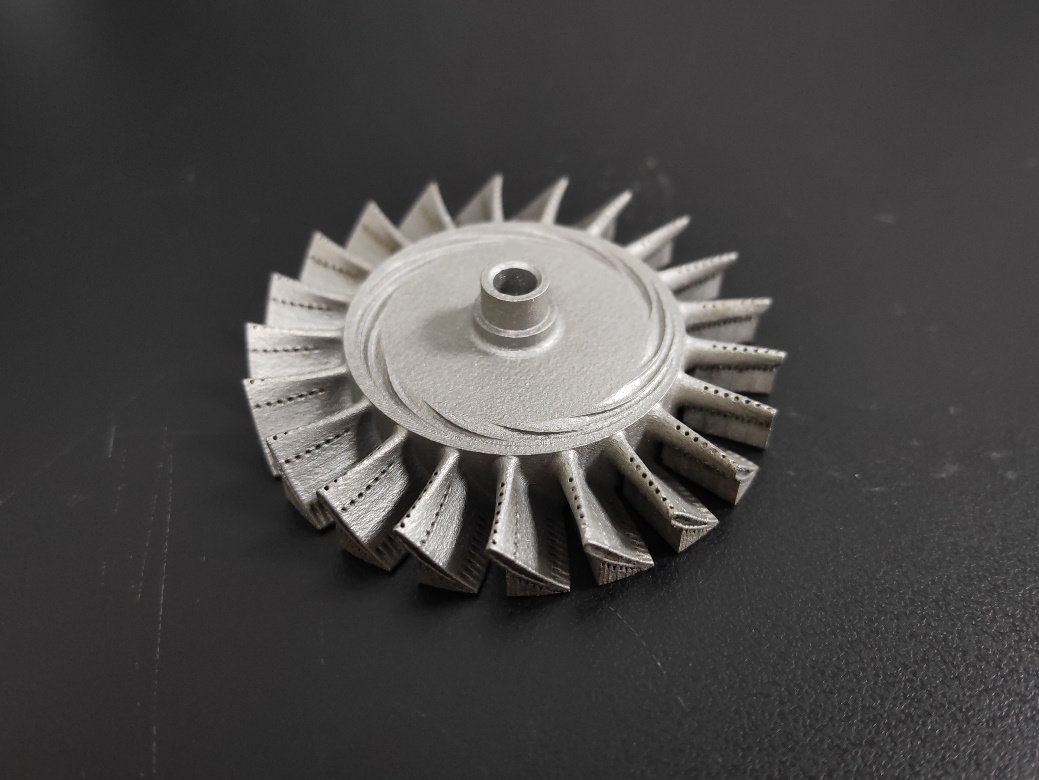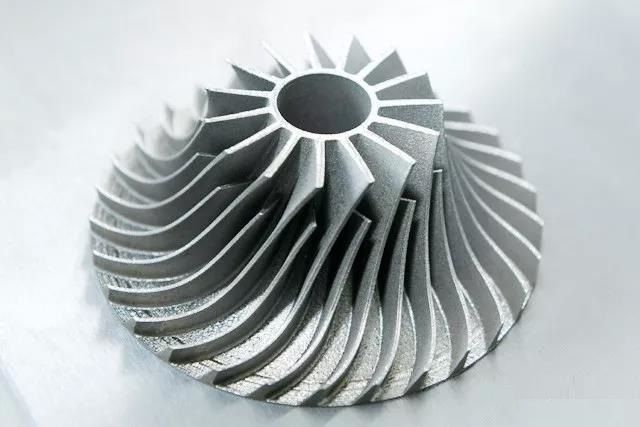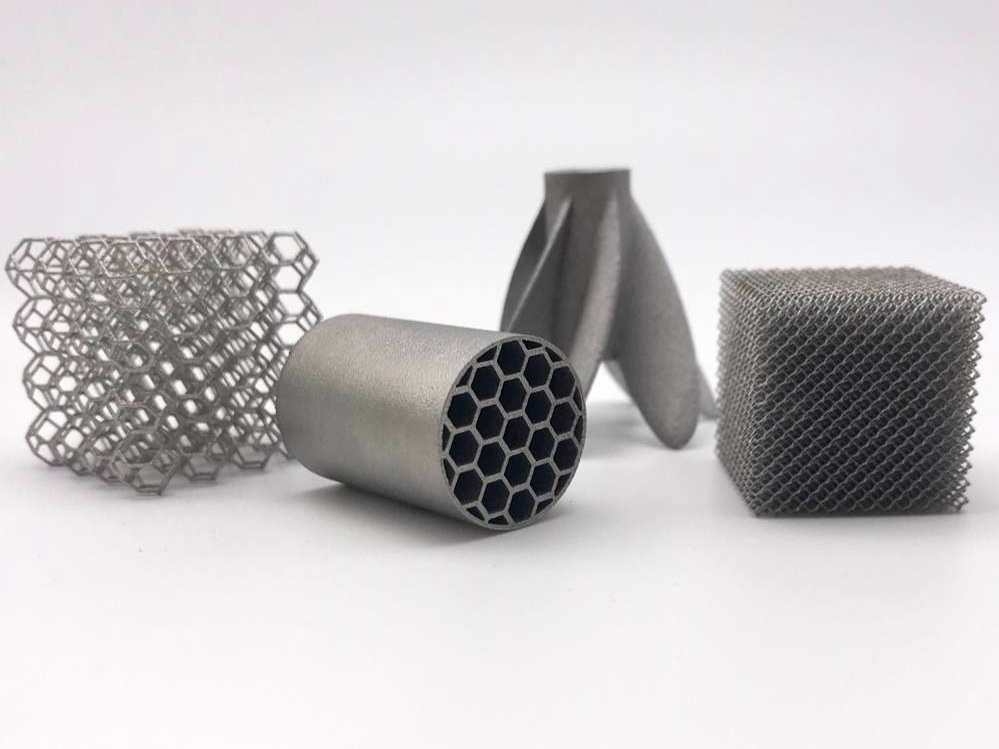Inconel 625 vs 718 for 3D Printing: Choose the Right Alloy for Custom Metal Parts
Introduction
Inconel 625 and Inconel 718 are two of the most widely used superalloys in metal 3D printing, offering high strength, corrosion resistance, and excellent performance in extreme environments. Engineers across aerospace, energy, and marine sectors rely on these alloys for mission-critical components. However, each alloy exhibits distinct characteristics that make it more suitable for specific applications.
Choosing the right material is crucial when balancing mechanical properties, corrosion resistance, printability, and cost-effectiveness. Selecting the optimal alloy during the design phase ensures superior part performance and reduced lifecycle costs.
In this blog, we will compare Inconel 625 and Inconel 718 in the context of superalloy 3D printing, focusing on alloy composition, mechanical behavior, 3D printability, and post-processing requirements. This guide will help engineers and buyers make informed material choices when producing custom metal parts via additive manufacturing.
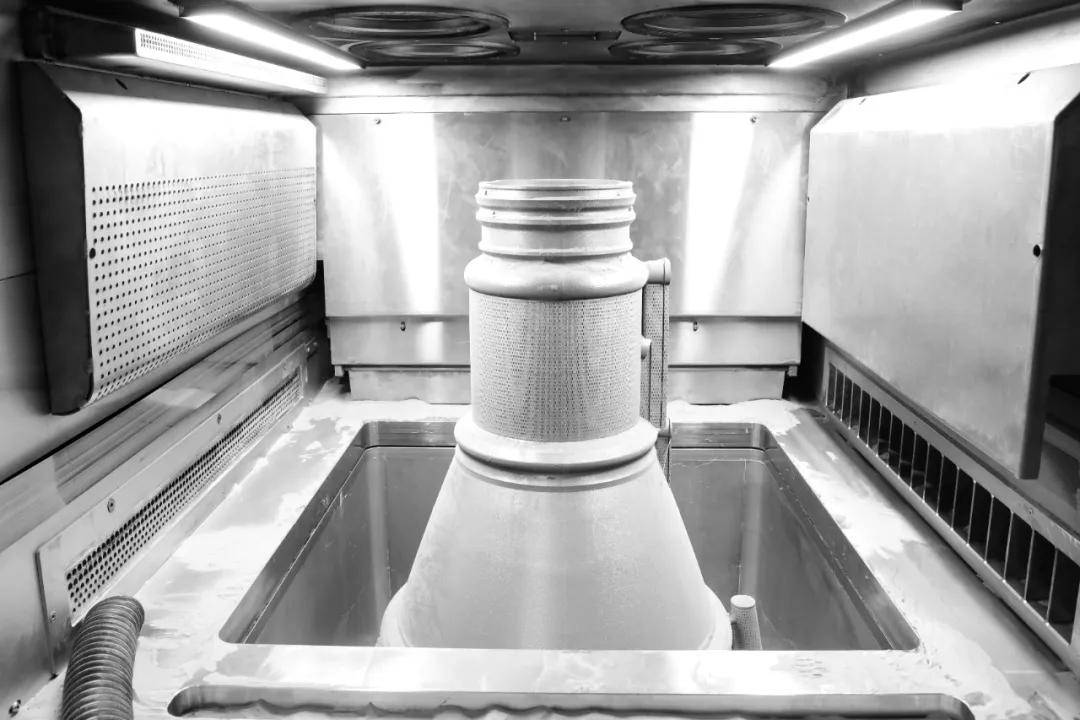
Alloy Composition and Properties
Chemical Composition and Metallurgy
Inconel 625 and Inconel 718 are both nickel-chromium-based superalloys, but their alloying elements and resulting properties differ significantly.
Inconel 625 contains a high percentage of molybdenum (8–10%) and niobium (3.15–4.15%), providing excellent resistance to pitting, crevice corrosion, and stress corrosion cracking. Its solid solution strengthening mechanism allows it to retain high ductility even after extended service in harsh environments.
In contrast, Inconel 718 is a precipitation-hardened alloy with additions of niobium, titanium, and aluminum. These elements form gamma prime (γ') and gamma double prime (γ'') phases during heat treatment, giving 718 superior tensile and fatigue strength at elevated temperatures. This difference in strengthening mechanisms makes Inconel 718 ideal for structural applications requiring high mechanical load capacity.
Mechanical Properties
The two alloys exhibit distinct mechanical performance:
Property | Inconel 625 | Inconel 718 |
|---|---|---|
Tensile Strength (Room Temp) | ~827 MPa | ~1,240–1,400 MPa |
Yield Strength (Room Temp) | ~414 MPa | ~1,030–1,100 MPa |
Elongation at Break | ~30–35% | ~12–15% |
Max Service Temp (oxidation res.) | ~980 °C | ~700–750 °C (for structural loads) |
Inconel 625 provides excellent corrosion resistance and high-temperature stability, making it well suited for marine, chemical, and energy applications.
Inconel 718 excels in high-load, high-cycle fatigue environments such as aerospace turbine components and rotating machinery.
In summary, Inconel 625 is preferred where corrosion resistance and ductility are paramount, while Inconel 718 is selected for applications requiring superior mechanical strength and fatigue resistance under cyclic loads.
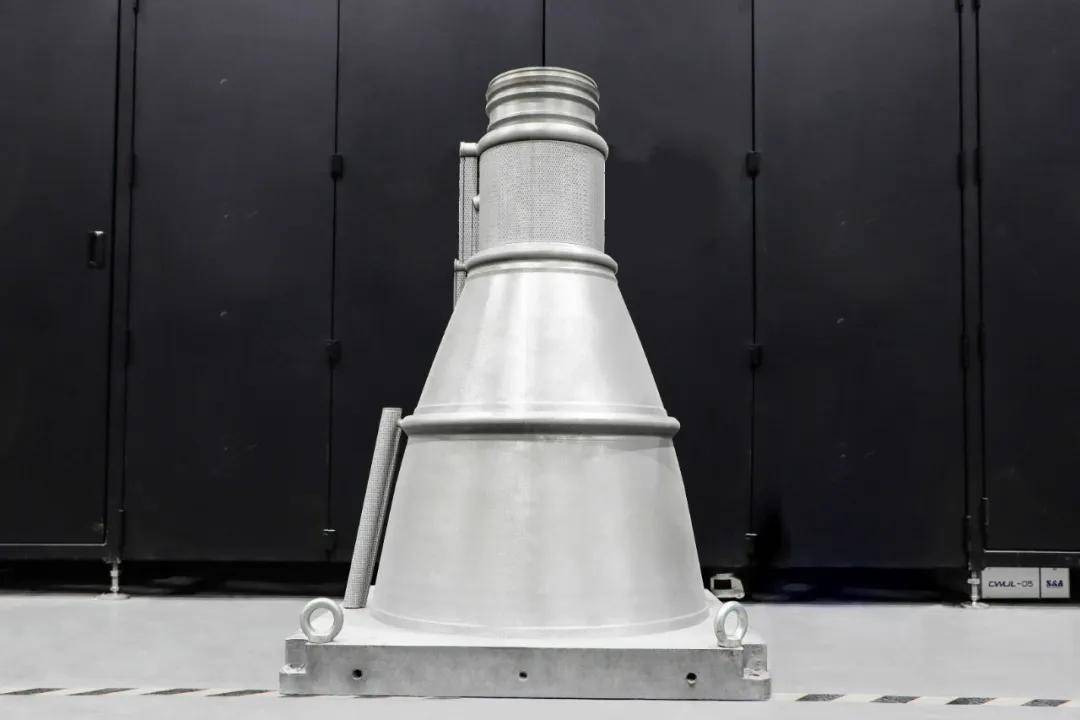
3D Printing Process Compatibility
Powder Bed Fusion Behavior
Both Inconel 625 and Inconel 718 are well suited for Powder Bed Fusion (PBF), the most common process used in metal additive manufacturing. Their fine spherical powders exhibit good flowability and packing density, essential for consistent layer deposition.
Inconel 625 offers excellent printability with low susceptibility to cracking, thanks to its solid solution strengthening. It exhibits minimal shrinkage and warping during the build process, making it ideal for thin-walled structures and complex geometries.
In contrast, Inconel 718, being a precipitation-hardened alloy, is more prone to residual stress buildup during printing. Careful optimization of laser parameters, scan strategy, and build orientation is required to mitigate cracking risks. Despite this, 718 remains one of the most widely printed alloys in aerospace, due to its superior mechanical performance after post-processing.
Post-Processing Requirements
Inconel 625 typically requires only stress relief heat treatment to reduce residual stresses after printing. Its as-printed mechanical properties are already sufficient for many corrosion-resistant applications. However, for critical components, heat treatment can further refine the microstructure and enhance properties.
In contrast, Inconel 718 must undergo a full solution and aging cycle to achieve optimal strength and fatigue resistance. This multi-step process involves solution treatment followed by double aging to precipitate gamma prime and gamma double prime phases.
For both alloys, hot isostatic pressing (HIP) is often used to eliminate internal porosity, especially for safety-critical aerospace or energy components.
Dimensional Accuracy and Surface Finish
Both Inconel 625 and 718 achieve comparable dimensional tolerances in PBF, typically ±0.1 mm. Surface roughness for as-printed parts ranges from Ra 8–12 µm, depending on process parameters. Post-processing, such as CNC machining or polishing, is typically required to meet tight tolerance or surface finish specifications.
In summary, Inconel 625 offers easier printability and simpler post-processing, while Inconel 718 delivers superior mechanical strength at the cost of more complex thermal processing.
Application Suitability
Aerospace and Aviation Components
Inconel 718 is the dominant choice for aerospace and aviation components requiring high mechanical strength at elevated temperatures. It is used extensively for turbine blades, nozzles, combustor liners, and rotating engine components that operate under extreme stress and cyclic loading.
Its precipitation-hardened microstructure provides superior fatigue and creep resistance, critical for aerospace certification standards. Post-processed 718 parts regularly meet stringent AS9100 and NADCAP requirements.
Inconel 625 is also used in aerospace, but more for non-structural components. Its superior corrosion resistance and ductility make it ideal for aircraft ducting, housings, brackets, and environmental control systems exposed to corrosive fluids or marine environments.
Energy and Power Sector
In the energy and power industry, Inconel 625 is widely used for offshore oil and gas components, heat exchangers, flare stacks, and marine hardware, where seawater corrosion resistance is paramount. Its stability at temperatures up to 980 °C also suits high-temperature processing equipment.
Inconel 718 is chosen for gas turbine components, high-pressure compressor disks, and rotating machinery, where mechanical loads and fatigue life are the primary drivers. Its cost-to-performance ratio is excellent for these demanding applications when combined with superalloy 3D printing capabilities.
Marine and Chemical Processing
The superior corrosion resistance of Inconel 625 makes it the alloy of choice for the marine and chemical processing industries. It withstands harsh chemicals, including chloride-bearing environments, reducing long-term maintenance costs.
Applications include heat exchanger tubing, reaction vessels, marine risers, and piping systems. Its flexibility and formability also complement additive manufacturing processes for creating highly customized geometries.
For tooling applications, such as manufacturing and tooling, Inconel 718 can be used where high wear resistance and load-bearing capability are needed, while Inconel 625 is preferred where corrosion dominates.

Cost Considerations for 3D Printing
Powder Cost and Availability
Inconel 625 and Inconel 718 powders are both commercially available and well-supported across leading Powder Bed Fusion platforms. However, powder costs vary.
Inconel 625 is generally more expensive per kilogram than 718, due to its higher molybdenum content and tighter control on purity for corrosion-critical applications. Current market prices typically place Inconel 625 powder at 15%–25 % higher cost than Inconel 718.
Inconel 718 benefits from greater demand in aerospace and industrial markets, resulting in larger economies of scale and broader supplier availability, which helps control powder costs.
Post-Processing Cost
Inconel 625 requires simpler post-processing. A standard heat treatment cycle, often limited to stress relief, is sufficient for many applications. For corrosion-resistant parts without extreme load demands, this reduces post-processing time and cost.
In contrast, Inconel 718 requires a full solution and aging cycle plus optional hot isostatic pressing (HIP) to meet aerospace-grade mechanical properties. This increases both processing time and operational cost per part.
Additionally, Inconel 718 tends to exhibit higher residual stress after printing, necessitating more precise thermal management and inspection, adding to the post-processing budget.
CNC Machining Differences
While both alloys are challenging to machine, Inconel 718 is harder and more prone to work hardening than Inconel 625. CNC operations on Inconel 718 generally require reduced feed rates, specialized tooling, and more frequent tool changes, increasing machining time and tool wear.
Partnering with an experienced CNC machining service provider is essential when finishing Inconel 718 components to maintain dimensional accuracy and surface integrity.
Overall Cost per Part Based on Application
For rapid prototyping or corrosion-critical applications where mechanical load is secondary, Inconel 625 offers lower total cost per part. For aerospace, energy, and structural components requiring superior fatigue and tensile performance, Inconel 718 remains the more cost-effective choice despite higher post-processing needs.
In both cases, careful consideration of the full production workflow ensures optimal cost-performance balance.
Conclusion: Choosing the Right Alloy for Your Custom Metal Parts
Selecting between Inconel 625 and Inconel 718 depends on your application’s performance and cost priorities. If corrosion resistance, ductility, and simpler processing are paramount, Inconel 625 is ideal for marine, chemical, and energy sector components. For aerospace, rotating equipment, and structural parts requiring high fatigue strength and elevated temperature performance, Inconel 718 is unmatched.
Both alloys are well supported by custom superalloy 3D printing capabilities, enabling the production of complex, high-performance parts in days.
Engineers should also leverage lessons from advancements in custom stainless steel 3D printing workflows to optimize post-processing and cost efficiency.
Ultimately, understanding the trade-offs between these alloys allows you to select the best material for performance, manufacturability, and lifecycle cost—ensuring the success of your custom metal parts.
